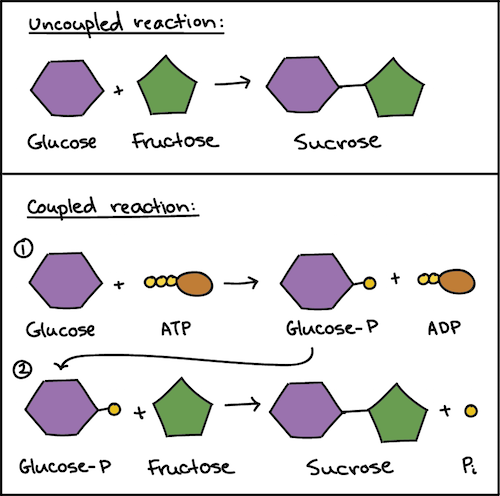


Coursenotes ap bio free#
Old free response questions + scoring guidesĬourse description, course overview, course detailsīiology, chemistry, algebra (you don’t need to take these courses before taking the class though) Official college board home page for ap bio Need help preparing for your AP® Biology exam?Īlbert has hundreds of AP® Biology practice questions, free response, and full-length practice tests to try out.Here it is! a nice lil ap bio masterpost + a few tips to help you out :) Make sure you also go over lipids, proteins, and nucleic acids as well. They are only one of the major organic compounds you will need to know for AP® Biology, however. Now you know what carbohydrates are and why they are important for all living things. Starch and Glycogen store glucose for future energy use.Cellulose and Chitin are bound through beta-glycosidic bonds and cannot be digested by animals.There are four main polysaccharides, shown in the table below:.Monosaccharides are joined through glycosidic linkage.Disaccharides are made of two monomers: sucrose, lactose, maltose.Monosaccharides are simple sugars made of one monomer: glucose, fructose, galactose.There are three classes of carbs: monosaccharides, disaccharides, polysaccharides.Because of this, all carbohydrates follow the empirical formula of Carbohydrates, or carbs as they are known colloquially, are energy storing organic compound molecules made up of carbon, hydrogen, and oxygen in a 1:2:1 ratio. Let’s start with a carbohydrate definition. By the end of this AP® Biology Crash Course Review, you should feel confident in your knowledge about carbohydrates for the AP® Bio exam.
Coursenotes ap bio how to#
We’ll then look at the four main types of polysaccharides – where to find them, how to differentiate them, and why they are important – before finally moving on to some review questions and a quick recap. We’ll start with some basic definitions about what carbohydrates are, then move on to some more detail about the three classes (monosaccharides, disaccharides, and polysaccharides). In this AP® Bio Crash Course Review, we will help you review what you need to know about carbohydrates in particular. There are many topics that might not appear on the AP® Biology exam, but one thing you can be certain of is that you will be expected to know the main facts about the three groups of important macromolecules: carbohydrates, proteins, and lipids.


 0 kommentar(er)
0 kommentar(er)
